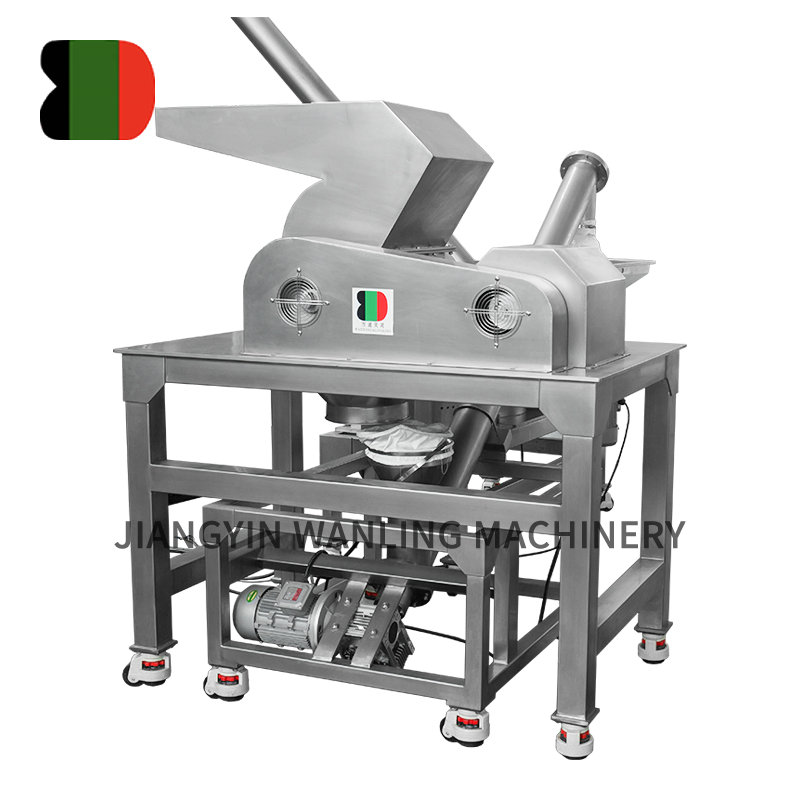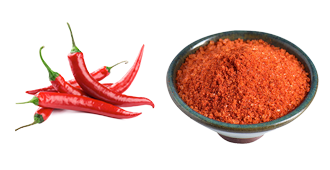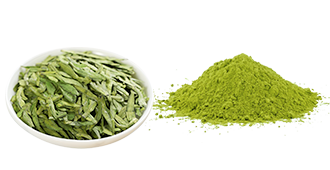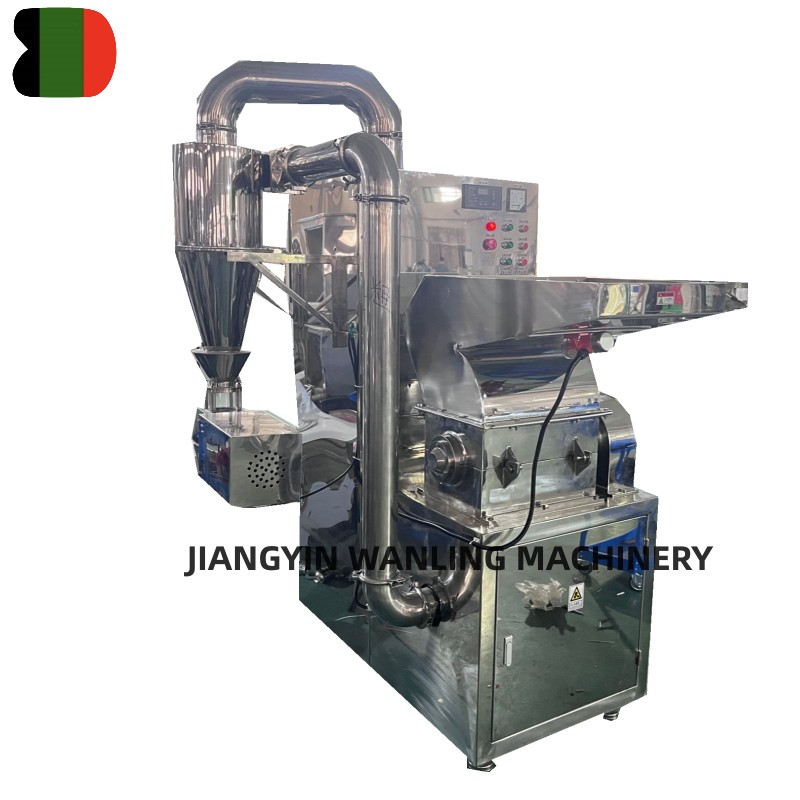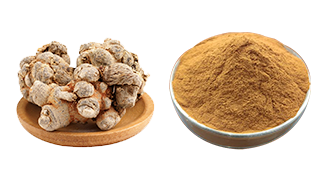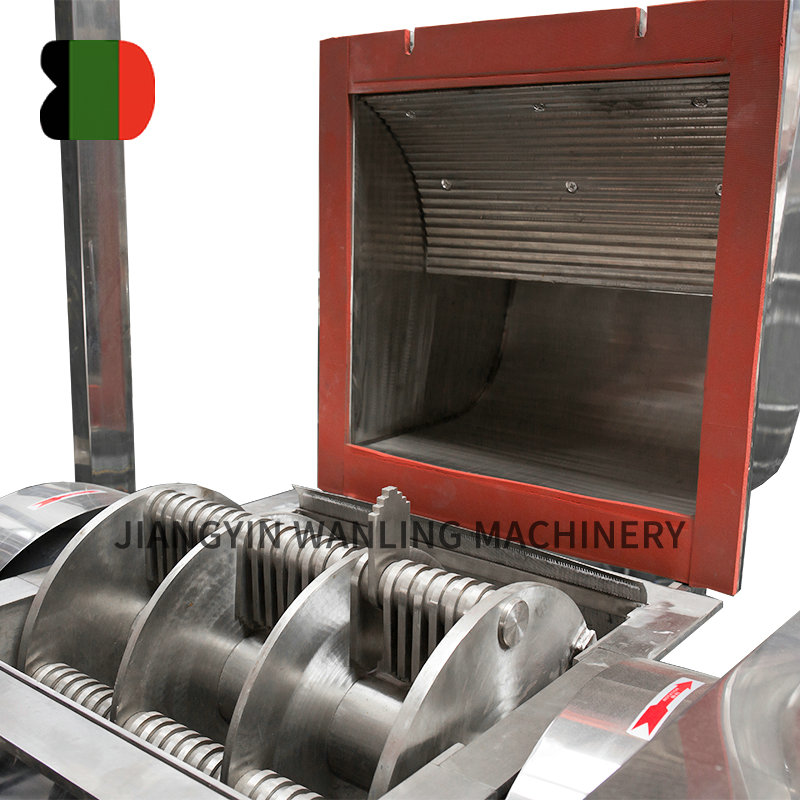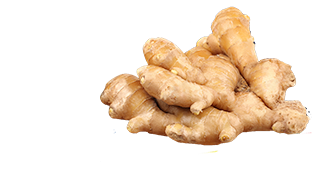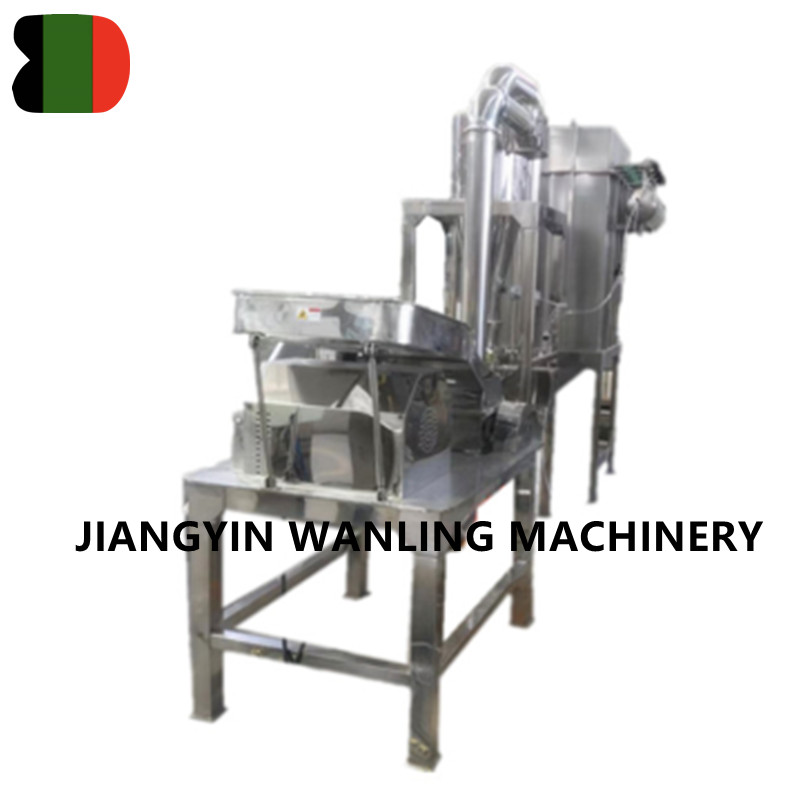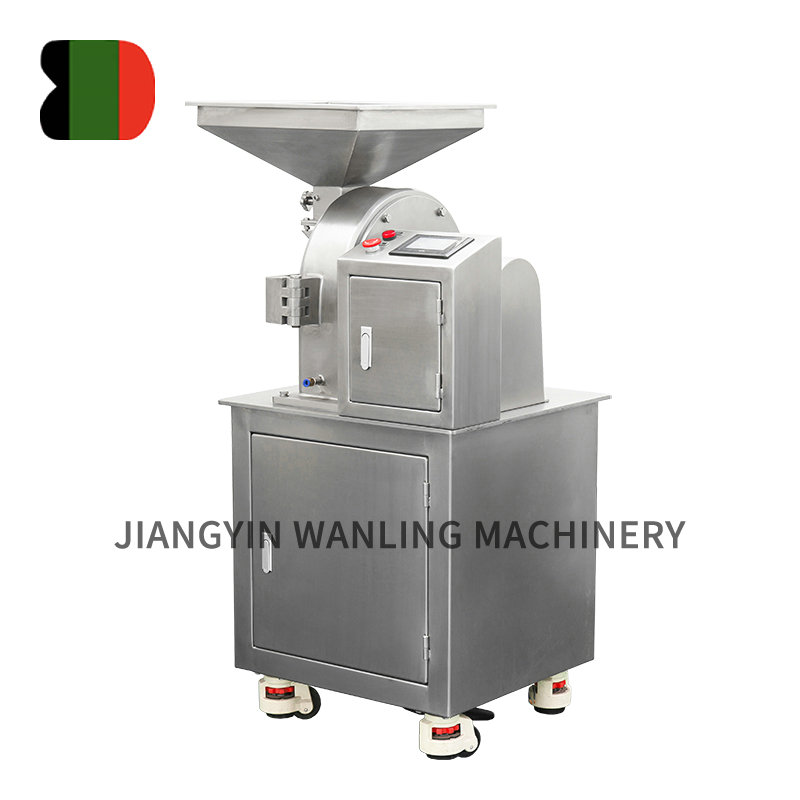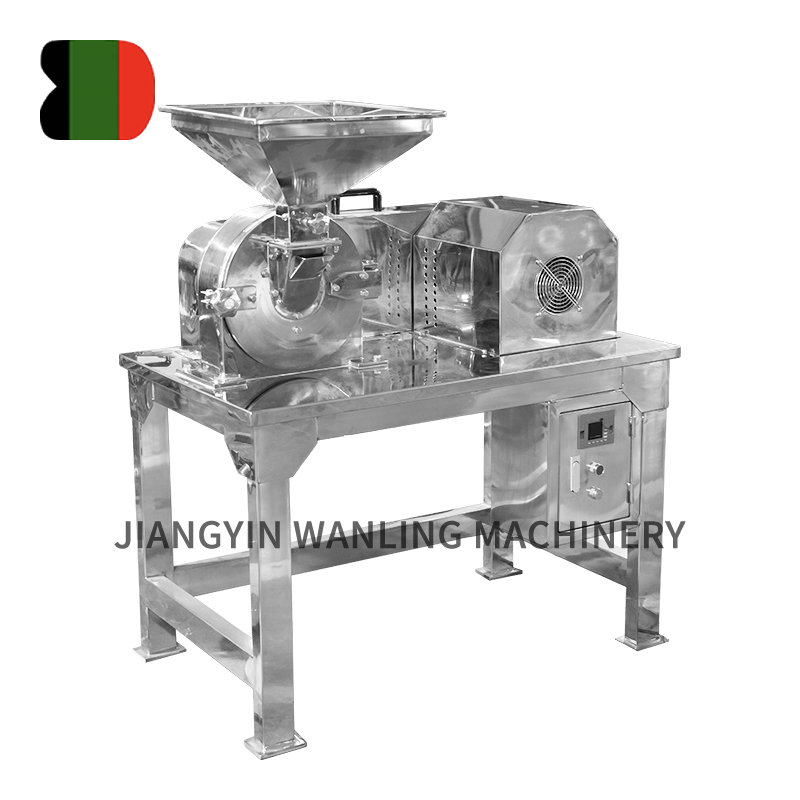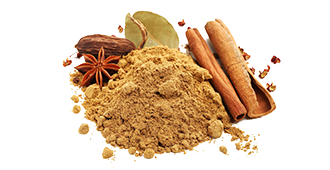Powder packaging machines are essential in industries ranging from food and pharmaceuticals to chemicals and cosmetics. These machines play a critical role in the packaging process by ensuring that powders are accurately measured, packaged, and sealed efficiently, which is essential for maintaining product quality, consistency, and shelf life. As the demand for high-quality and efficient packaging solutions continues to grow, innovations in powder packaging technology have made it possible to achieve higher levels of automation, precision, and sustainability. This article explores the significant advancements in powder packaging machines, the factors driving their development, and their applications across various industries.
The Role of Powder Packaging Machines in Modern Industries
Powder packaging machines are designed to handle a wide range of powdered products, including food ingredients, pharmaceutical powders, detergents, and industrial chemicals. These machines are capable of accurately filling, sealing, and labeling products, ensuring that each package meets the specific requirements of weight, volume, and material integrity.
Key functions of powder packaging machines include:
-
Accurate Measurement and Filling
The primary function of a powder packaging machine is to fill packages with a precise amount of powdered product. Accurate measurement is critical to ensure that each package contains the correct quantity, which is important for both consumer satisfaction and regulatory compliance. Advanced weighing systems, such as auger fillers, volumetric fillers, and multi-head weighers, are employed to achieve high precision in filling operations. -
Sealing and Protection
After filling, the machine ensures that each package is securely sealed to protect the contents from contamination, moisture, and external factors that could compromise product integrity. Sealing methods vary based on the type of powder being packaged, but common techniques include heat sealing, ultrasonic sealing, and vacuum sealing. Proper sealing also helps extend the shelf life of the product by preventing air or moisture exposure. -
Efficiency and Speed
High-efficiency powder packaging machines are designed to operate at faster speeds without compromising accuracy. In industries where large volumes of powder products are being packaged, machines must be capable of handling high throughput while maintaining high levels of precision. Automation has been a key development, with many machines now capable of operating continuously for extended periods with minimal human intervention. -
Customization and Flexibility
Different powder products require different types of packaging to meet specific needs. Packaging machines can be customized with features such as adjustable filling volumes, packaging material compatibility, and multi-lane designs to accommodate different package sizes and shapes. This flexibility is critical for industries with diverse product lines, allowing for quick changes between packaging formats.
Innovations and Technological Advancements in Powder Packaging Machines
As industries continue to evolve, so too have the technologies behind powder packaging machines. The latest advancements focus on improving the accuracy, efficiency, and sustainability of packaging operations. Some of the most notable innovations include:
-
Automation and Integration
The integration of automated systems has revolutionized the powder packaging process. With the advent of robotics and artificial intelligence (AI), modern powder packaging machines can now perform multiple functions autonomously. For instance, advanced machines are capable of automatically adjusting filling volumes, detecting and correcting errors, and performing quality control checks. Automated systems also allow for seamless integration with other packaging lines, improving overall efficiency and reducing labor costs. -
Smart Sensors and Control Systems
Smart sensors and advanced control systems are becoming increasingly common in powder packaging machines. These systems use real-time data to monitor and control the packaging process, ensuring consistency and reducing the risk of errors. For example, sensors can detect variations in powder flow, ensuring uniform filling, while vision systems can inspect the integrity of seals and detect defects in the final product. This level of precision and monitoring reduces waste and ensures high-quality output. -
Multi-Purpose Fillers
Traditional powder packaging machines were often limited to a specific type of powder or packaging format. Today, multi-purpose fillers have been developed that can handle various types of powders, from fine powders to granules, and are compatible with different types of packaging materials. These versatile machines are especially useful in industries with diverse product offerings, as they can easily be reconfigured to handle different products, making them more cost-effective and flexible. -
Sustainability and Eco-Friendly Packaging
With growing concerns over environmental impact, manufacturers of powder packaging machines are increasingly focusing on sustainable packaging solutions. Eco-friendly materials, such as biodegradable films, recycled plastics, and paper-based packaging, are becoming more common in powder packaging. Additionally, packaging machines are being designed to reduce material waste by optimizing the use of packaging materials and minimizing the amount of product spillage. -
Enhanced Hygiene Standards
In industries such as food and pharmaceuticals, hygiene is a critical factor in the packaging process. To meet stringent regulatory standards, modern powder packaging machines are designed with easy-to-clean components, non-corrosive materials, and hygienic sealing technologies. These machines are also designed to minimize the risk of contamination by incorporating features like dust collection systems and air filtration systems to ensure the cleanliness of both the product and the packaging environment.
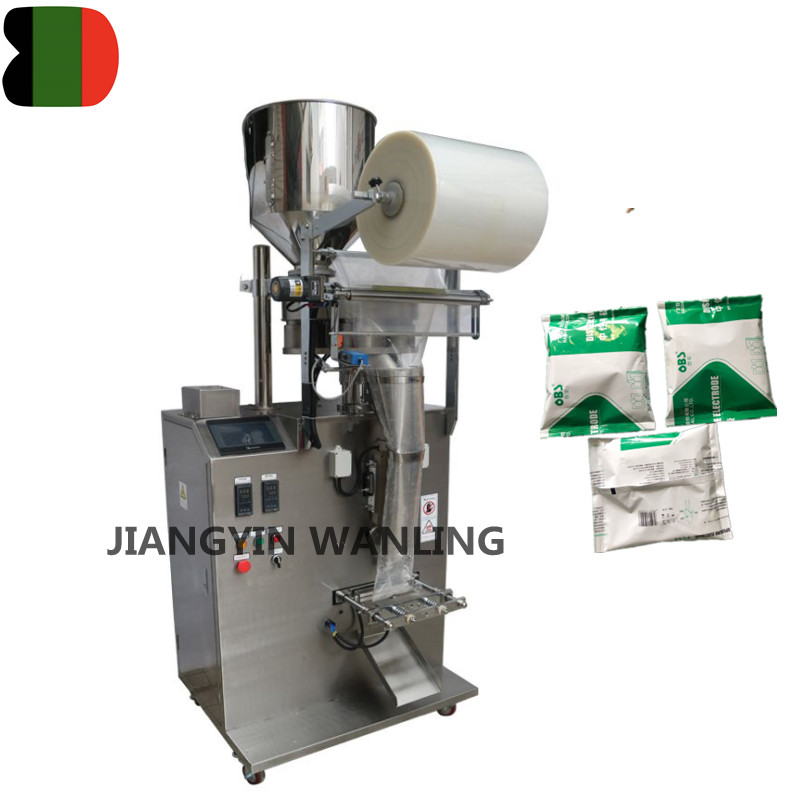
Applications of Powder Packaging Machines Across Industries
The versatility of powder packaging machines makes them suitable for a wide range of applications across multiple industries. Some of the most common sectors that rely on these machines include:
-
Food and Beverage Industry
Powder packaging machines are essential in the food and beverage industry, where they are used to package powdered ingredients like flour, sugar, coffee, spices, and instant soups. Packaging machines ensure the powders remain fresh, hygienic, and accurately portioned. Customization options such as adjustable fill weights and various packaging formats make it easier to accommodate different product types. -
Pharmaceutical Industry
In the pharmaceutical industry, powder packaging machines are used to package medicines and supplements, such as protein powders, vitamins, and pharmaceutical powders. Precision is essential in this sector to meet regulatory requirements and ensure the proper dosage of ingredients. Machines are designed with strict adherence to GMP (Good Manufacturing Practice) standards, ensuring the highest levels of cleanliness and accuracy in the packaging process. -
Cosmetics and Personal Care
Cosmetic powders, such as talc, face powders, and body powders, require packaging that not only ensures safety but also presents the product attractively. Powder packaging machines in this industry are designed to handle fine powders and provide aesthetically pleasing packaging that aligns with brand image. Machines also accommodate the specific requirements of delicate cosmetic ingredients, ensuring no contamination during the packaging process. -
Chemical Industry
In the chemical industry, powders such as detergents, fertilizers, and industrial chemicals are often packaged using powder packaging machines. These machines must be capable of handling hazardous materials while maintaining safety standards. Features such as sealed environments and explosion-proof designs are common to ensure the safe handling and packaging of chemical powders.
Challenges and Future Trends
Despite the technological advancements, powder packaging machines face challenges related to the handling of certain types of powders, such as those with moisture sensitivity or products prone to clumping. Additionally, issues such as static electricity, dust generation, and the handling of ultra-fine powders remain areas of ongoing research and development.
Looking forward, the future of powder packaging machines is likely to focus on further integration of AI and automation, which will drive smarter, more efficient packaging processes. Additionally, as sustainability becomes a higher priority for businesses and consumers alike, we can expect to see greater innovations in eco-friendly packaging materials and energy-efficient machines.



 Español
Español